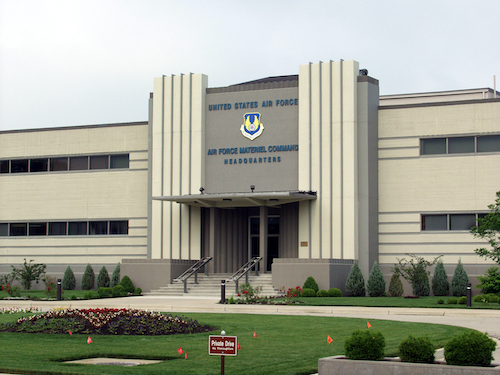Air Force Awards Contract for Icephobic Coating
WEDNESDAY, JULY 15, 2020
Cambridge, Massachusetts-based industrial technology company Adaptive Surface Technologies, Inc. recently announced that it has been awarded a $499,000 Small Business Innovation Research Phase II contract from the United States Air Force.
The contract is reportedly to develop an icephobic coating that improves pre-flight and in-flight anti-icing properties on military aircraft and avionics. The contract, awarded through the USAF's AFWERX program, builds upon AST's SBIR Phase I Feasibility Study results.
About the Project
"Ice accumulation in aviation continues to be an unsolved and highly costly issue, both in terms of human toll and dollars spent on mitigation for manned and unmanned aircraft," said David Ward, CEO of Adaptive Surface Technologies, Inc.
"By developing an intrinsically icephobic coating system, based from AST's existing technology, we can help solve many of the challenges related to military and commercial aircraft icing mitigation, and we are delighted to be working with the United States Air Force on a solution."
The development of the coating for the USAF will reportedly be based on AST’s existing antifouling marine coating, which was launched last year.

 |
| USAF |
|
Cambridge, Massachusetts-based industrial technology company Adaptive Surface Technologies, Inc. recently announced that it has been awarded a $499,000 Small Business Innovation Research Phase II contract from the United States Airforce. |
That coating aims to reduce the adhesion and persistence of “unwanted biological fouling on any given surface.” The company says that modifications to the makeup of the coating will be made to focus on ice-repellency and durability.
“By combining a mechanically durable and low surface energy binder system with AST's patented self-stratifying Active Performance Ingredients packages, a robust coating system with strong repellent functions (anti-ice, low adhesion, non-fouling) can be realized while maintaining superior mechanical durability,” the company said.
"In addition to the military uses inside of and on the airframe, commercial airliners spend hundreds of millions every year on icing mitigation efforts in terms of hardware, chemicals and operations disruption," said Ward.
"In addition to the savings our novel coating can bring, existing ice de-icing strategies are very environmentally challenging. AST's common approach across all our market sectors is for our products to deliver economic benefit along with environmental advantages."
Other Icy Developments
Earlier this year, materials scientist Ximin He, along with a team of researchers from the UCLA Samueli School of Engineering and colleagues developed an ice-prevention coating inspired by how Antarctic species of fish create proteins to prevent their blood from freezing.
UCLA authors of the study included Zhiyuan He, Mutian Hua, Shuwang Wu and Dong Wu, in addition to colleagues Chenyang Wu and Jianjun Wang of the Chinese Academy of Sciences in Beijing, and Xinyuan Zhu of Shanghai Jiao Tong University.
When creating the coating, scientists decided on the use of polydimethylsiloxane—a nontoxic, silicone-based polymer found in contact lenses, cosmetics, lubricants and other applications.
By spraying the polydimethylsiloxane-based gel onto a variety of surfaces, researchers found that the thin transparent coating successfully prevented freezing by lowering the freezing temperature of water on the surface, delaying ice crystal growth and creating a difficult surface for ice to adhere to.
Experiments using the coating were mostly conducted inside the university’s laboratory; however, one test was performed outdoors in below-freezing temperatures.
Beyond that, in 2019, the University of Michigan introduced its own coating that aimed to make airplanes, marine vessels, powerlines and other large structures ice-proof. In focusing on the development of a coating that had low interfacial toughness, researchers then mapped out the properties of a vast library of substances, adding LIT and interfacial strength data into the equation. By doing this, the team was able to mathematically predict the properties of a coating system without having to test all of them.
In 2016, PaintSquare Daily News reported on a composite coating developed by researchers from Rice University. Unlike an ice-preventing coating, however, the team created an epoxy coating infused with graphene nanoribbons that helped to melt ice versus prevention of its formation.
The coating was developed with the idea that it would help to remove ice in cold-weather applications ranging from wind turbines to aircraft wings.
Another 2016 study conducted by researchers at Colorado State University revealed similar experiments as conducted in the most recent ULCA study. By using the same polydimethylsiloxane material base, researchers created what they called a “de-icer” which uses envisioned at the time included keeping everything from cars and ships to planes and power lines ice-free.
Tagged categories: Coatings; Coatings Technology; Coatings Technology; Government; Government contracts; icephobic; Research and development; U.S. Air Force








